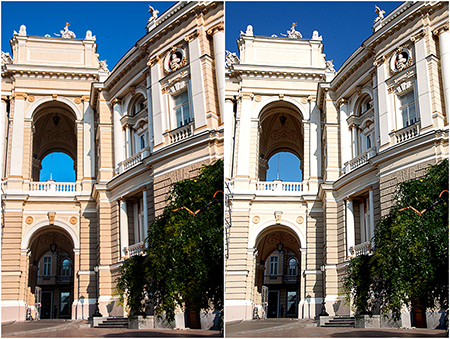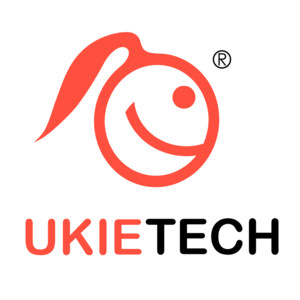Why "16-bit" is better than "8-bit"
Many photographers, even the professionals continue to take their pictures in JPEG format, even though their camera supports the RAW format.
When it comes to a choice, there are many good arguments for JPEG when discussing which one is better JPEG or RAW, such as high-speed shooting and a much smaller file size. Many photographers still shoot in JPEG simply because, they do not understand the difference between editing images in 16-bit. In this article, we are going to discuss that difference.
"8-bit"
When you take a picture with a digital camera and save it as a JPEG, you create a standard 8-bit image. There is one drawback here: the inability to save a JPEG file in a 16-bit image, because it simply does not support it. If it is a JPEG image, it’s a 8-bit image.
 But what does 8-bit actually mean?
But what does 8-bit actually mean?
Each color in a digital image is created from the combination of three key bright colors – red, green and blue. There are a lot of shades of each color, with which you can work and mix them together to get new colors, even more than you can imagine. When saving a photo in JPEG format, we get an 8-bit image, which gives us a possible 16.8 million colors (because 8-bit image gives us 256 shades of red, green and blue). An 8-bit image contains much more colors than we can see. Then why would we need more colors? Here is an answer.
"16-bit"
When we work with 16-bit images, we get 65536 shades of red, 65536 shades of green and 65536 shades of blue. When it's time to edit our photos in Photoshop, this becomes really-really crucial for the quality of your image.
Always take pictures in RAW format instead of JPEG (of course, if your camera supports RAW), and then open and edit it in Photoshop as a 16-bit image. The size of16-bit image is bigger more than 8-bit image.

RAW vs JPEG. See the difference, huh?
In most cases, RAW-files are the best solution because of its technical advantages and the decreasing price of large memory cards. RAW-files provide much more control for the photographer, though they sacrifice the processing speed, occupied space and easiness of using. Original RAW gives you much more control over what the final JPEG or TIFF would look like. Still, the RAW format has its significant pros, like better clarity and lossless compression.

